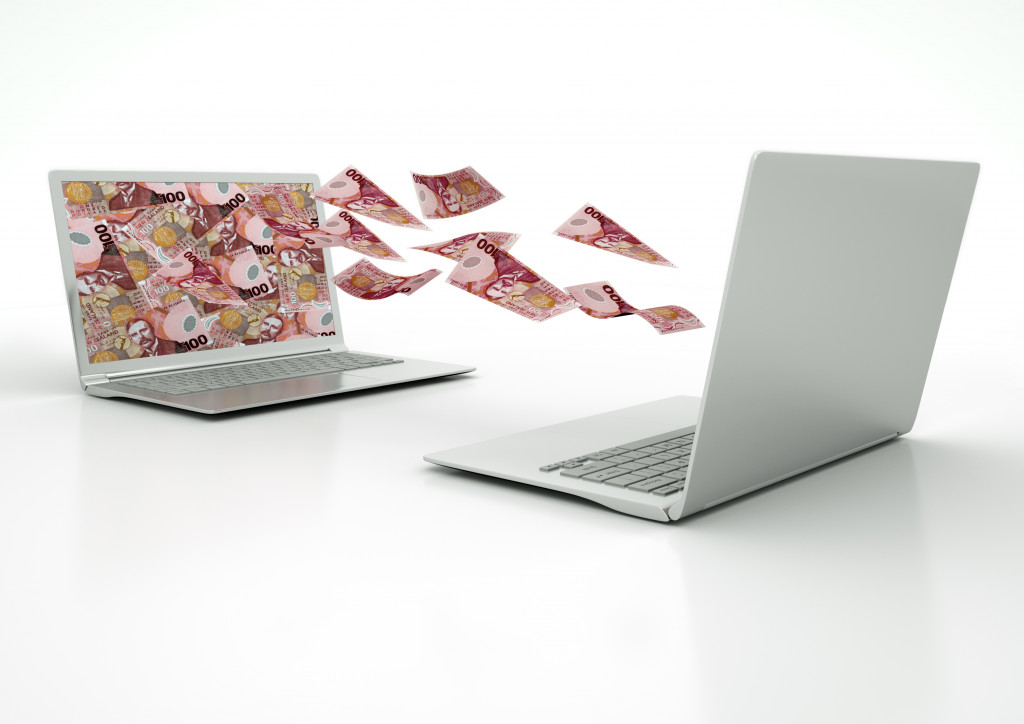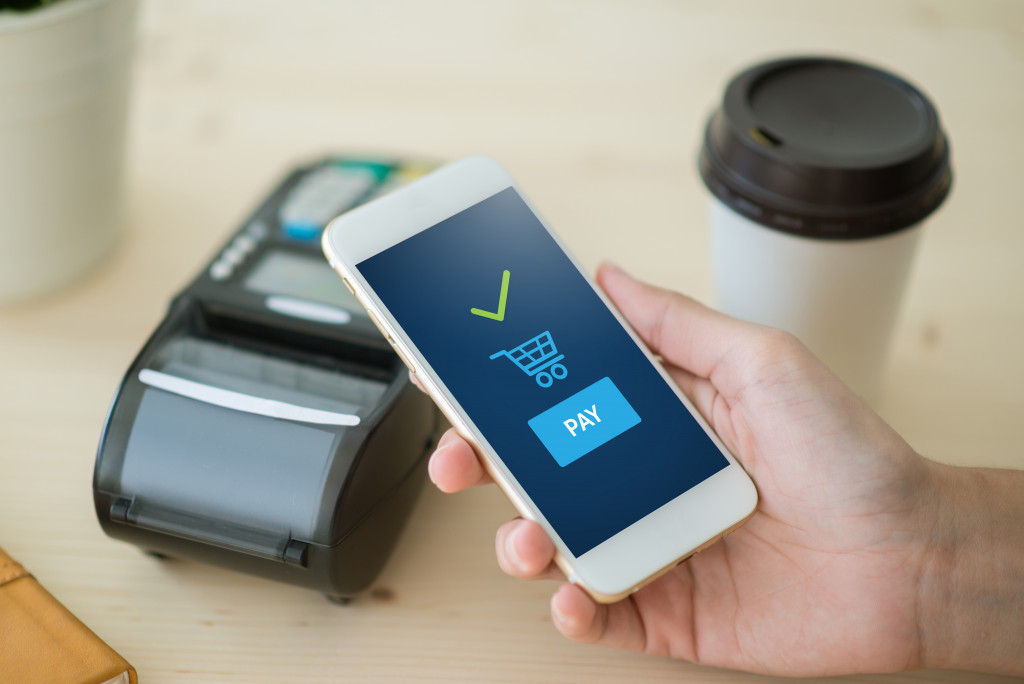As the use of digital money continues to grow, so does the risk of theft and fraud. Many people are unaware of the risks associated with digital money and how to protect themselves. About 1 in 3 people have experienced some form of fraud or theft, and the average loss is about $2,500. If you don’t want to be one of these people, here are some tips to help you stay safe.
1. Keep your digital wallet secure.
You must keep your digital wallet safe from potential thieves like your physical wallet. Because digital wallets are often stored on your computer or phone, it’s essential to have security measures in place, such as a password or PIN. You should also never store your digital wallet on a public computer or in an unsecured location.
Some digital wallets offer additional security features, such as two-factor authentication or a biometric login. These extra steps can help prevent someone from accessing your wallet even if they know your password. So find a digital wallet that offers the level of security you’re comfortable with.
2. Be careful when sending money.
Before you send money to someone, make sure you know and trust the recipient. Many scams involve someone posing as a legitimate person or organization to get you to send them money. So if you’re not sure, don’t send it.

When sending money, always check that the recipient’s address is correct. A common scam is sending money to the wrong address, and the thief will then keep the money. So always double-check that you’re sending money to the right person. Look for any typos or suspicious characters in the address so you can be sure it’s correct.
3. Have someone manage your digital money for you.
Some services will do it if you’re not comfortable managing your digital money yourself. An expert wealth management service can help you invest and grow your digital money while keeping it safe from potential threats. Many of these services offer two-factor authentication and 24/7 customer support to give you peace of mind.
They can also help you create a diversified portfolio to protect your money from volatility. Of course, they can also manage your physical money as well. But if you’re only concerned about your digital money, some services focus solely on that. If you’re unsure where to start, consider enlisting the help of a professional.
4. Don’t store all your money in one place.
It should be common knowledge to do this, but it can be a hassle to manage multiple wallets, so people often don’t. But it’s essential to have more than one place to store your money for security and diversification.
If one of your wallets is hacked or lost, you don’t want all your money to be gone. So have at least two different digital wallets, and spread your money between them. That way, if one is compromised, you still have access to your funds. When investing, spreading your money across different assets is essential to mitigate risk.
5. Keep your software up to date.
Outdated software is one of the most common ways hackers gain access to your computer or phone. They exploit vulnerabilities in the software to gain access to your device and then your digital money. So it’s essential to keep your operating system and apps up to date. Many digital wallets will send you notifications when an update is available, so you can install it immediately.
You should also regularly check for updates yourself. On your computer, this can be done through your operating system’s update tool. On your phone, you can usually find updates in the app store. If you’re unsure how to update your software, contact the manufacturer or service provider.
6. Use a secure connection.
When accessing your digital money, ensure you’re doing it over a secure connection. That means using a VPN if you’re on public Wi-Fi. A VPN encrypts your connection so that no one can intercept your data.
You should also make sure the website you’re using is secure. Look for the https:// in the URL, which means the site uses a secure connection. You can also look for a lock icon next to the URL, which indicates that the site is secure. If you’re unsure, contact the site’s customer support to check.
These are just a few tips to help you keep your digital money safe. More importantly, be vigilant and don’t take unnecessary risks. If something doesn’t seem right, it probably isn’t. So trust your gut and err on the side of caution. For more comprehensive protection, consider enlisting the help of a professional. With a little effort, you can keep your digital money safe from thieves and hackers.

